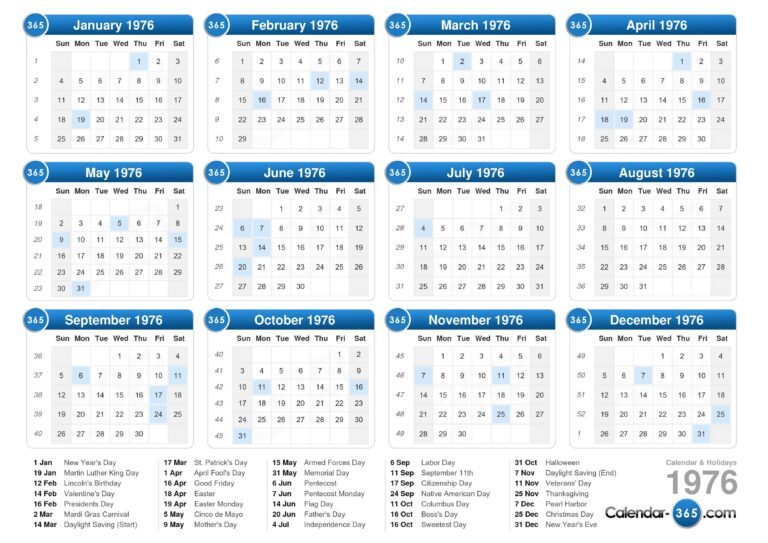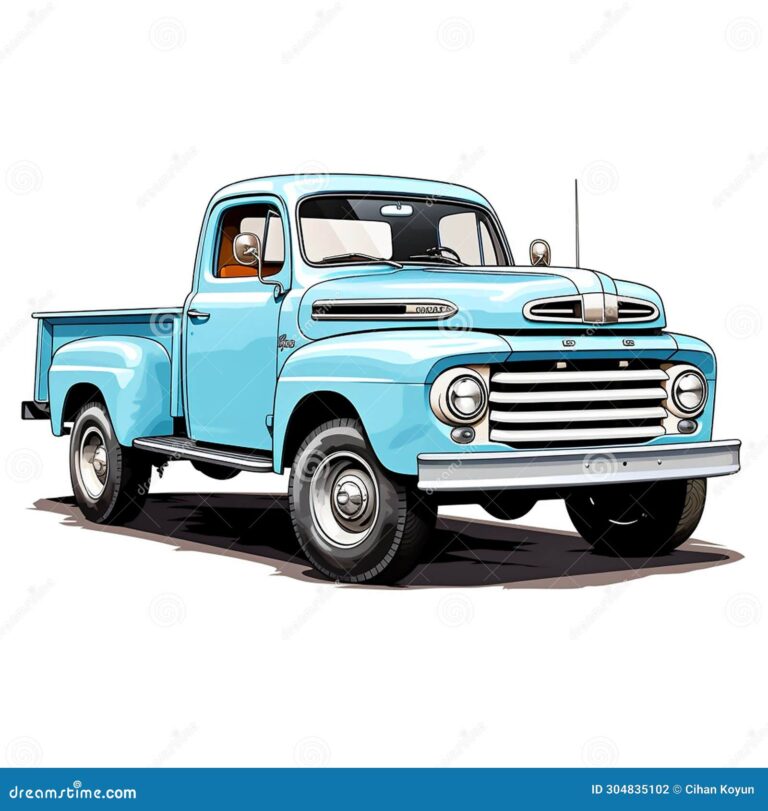How Much Cubic Space In A 26-Foot Truck: Your Ultimate Guide to Maximizing Your Move
How Much Cubic Space In A 26-Foot Truck: Your Ultimate Guide to Maximizing Your Move cars.truckstrend.com
Moving, transporting goods, or managing logistics often hinges on one crucial factor: space. Specifically, understanding the cubic capacity of the vehicle you’re using. When it comes to larger hauls, the 26-foot truck is a popular choice for everything from cross-country family moves to commercial deliveries. But what exactly does "26-foot" mean in terms of usable space, and how much can you truly fit inside?
This comprehensive guide will demystify the cubic space in a 26-foot truck, breaking down its dimensions, exploring factors that influence usable volume, and providing practical advice to ensure you make the most of every cubic foot. Whether you’re planning a DIY move, managing a business shipment, or simply curious, understanding the true capacity of these workhorses is essential for efficient and stress-free operations.
How Much Cubic Space In A 26-Foot Truck: Your Ultimate Guide to Maximizing Your Move
Understanding the 26-Foot Truck: More Than Just Length
When someone refers to a "26-foot truck," they are typically indicating the approximate length of the cargo box, or the interior length of the storage area from the back door to the front wall, not the entire vehicle’s bumper-to-bumper length. These trucks are designed to offer a significant amount of space, making them suitable for larger residences (3-5 bedrooms) or substantial commercial loads.
However, the "26-foot" designation is just one dimension. To truly understand the cubic space, we need to consider all three: length, width, and height. The cubic space is the total volume available for loading, measured in cubic feet. This metric is paramount because it dictates how much furniture, how many boxes, and what type of equipment you can transport in a single trip. Underestimating your space needs can lead to costly delays, multiple trips, or the need for an additional rental, while overestimating can result in paying for unused space.
Calculating Cubic Space: The Fundamental Formula
The formula for calculating cubic space is straightforward:
Cubic Feet = Length (feet) x Width (feet) x Height (feet)
While the "26-foot" refers to the length, the internal width and height can vary slightly between manufacturers and models. Generally, a standard 26-foot rental truck will have internal dimensions roughly around:
- Length: 26 feet
- Width: 8 feet (or slightly less, often 7 feet 6 inches to 7 feet 10 inches due to interior wall thickness)
- Height: 8 feet (or slightly less, often 7 feet 6 inches to 7 feet 10 inches from floor to ceiling)

Let’s take an average scenario to illustrate:
- Average Internal Length: 26 feet
- Average Internal Width: 7.5 feet (90 inches)
- Average Internal Height: 7.5 feet (90 inches)
Using these figures:
Cubic Feet = 26 ft x 7.5 ft x 7.5 ft = 1462.5 cubic feet
This calculation provides a baseline, but it’s crucial to remember that this is the theoretical maximum. The usable cubic space can be influenced by several practical factors.
Factors Affecting Usable Cubic Space
While the raw cubic foot calculation gives you a good starting point, the actual amount of items you can fit can be less due to design elements and loading efficiency.
- Wheel Wells: All box trucks have wheel wells protruding into the cargo area. These typically rise about 1 to 2 feet from the floor and can extend 2 to 3 feet into the width of the truck. They significantly impact how you can load wide items like sofas or large appliances at floor level. Planning around them is key.
- Attic/Mom’s Attic Space: Many 26-foot trucks come with an "attic" or "Mom’s attic" over the cab. This is an elevated storage area, often extending 3 to 4 feet back into the main cargo box. While it adds usable space (great for boxes, lightweight items, or oddly shaped pieces), it also reduces the overall vertical height of the main cargo area for that section.
- Loading Ramps and Door Mechanisms: The design of the rear door (roll-up vs. swing-out) and integrated loading ramps can slightly reduce the effective opening height or internal depth at the very rear. Roll-up doors, for instance, have a track system that takes up a few inches of vertical space.
- Loading Efficiency: This is perhaps the biggest factor. Even with a massive cubic capacity, inefficient packing can waste a lot of space. Gaps between boxes, oddly shaped furniture, and poor stacking techniques can quickly diminish your effective volume.
Why Knowing Cubic Space Matters: Practical Applications
Understanding the cubic capacity of a 26-foot truck is not just an academic exercise; it has profound practical implications for various scenarios:
- Planning a Move: This is the most common reason. Knowing the truck’s capacity allows you to accurately estimate if one truck is enough for your household size. A 26-foot truck is often recommended for 3-5 bedroom homes, but this depends heavily on the volume of your belongings. You can use online cubic foot estimators for typical household items to get a better sense of your total volume.
- Logistics and Business Operations: For businesses involved in delivery, hauling, or inventory management, knowing the precise cubic space helps in planning routes, optimizing loads, and determining the most cost-effective vehicle size for different shipments. It prevents under-loading (wasting fuel and time) or over-loading (risking damage, fines, or safety hazards).
- Cost Efficiency: Renting a truck that’s too small means multiple trips, doubling fuel costs, mileage charges, and your time. Renting one that’s too big means paying for unused space. Finding the "just right" size based on accurate volume assessment saves money and effort.
- Safety and Damage Prevention: An overloaded truck is dangerous, affecting braking, handling, and increasing the risk of accidents. Proper loading within the truck’s volume and weight capacity (which is separate from cubic capacity but equally important) ensures a safer transport. Efficient packing also reduces the likelihood of items shifting and getting damaged during transit.
Tips for Maximizing Cubic Space
Once you have your 26-foot truck, here’s how to ensure you utilize every possible inch:
- Disassemble Furniture: Beds, tables, and desks should be disassembled. This not only makes them easier to move but also allows them to lie flat against walls or fit into smaller gaps, freeing up significant volume.
- Use Uniform Boxes: While not always possible, using a consistent range of box sizes (e.g., small, medium, large moving boxes) makes stacking much more efficient, reducing wasted space between items.
- Pack Vertically: Think "up." Stack boxes as high as they can safely go, utilizing the full height of the truck. This is far more efficient than spreading items across the floor.
- Fill Empty Spaces: Use smaller items, soft goods (linens, towels), or moving blankets to fill any gaps between furniture and boxes. This prevents items from shifting during transit and adds to the overall load density.
- Load Heaviest Items First: Place large, heavy items (appliances, major furniture pieces) at the very back of the truck, closest to the cab. This distributes weight properly for stability and creates a solid base for stacking lighter items on top.
- Utilize the Attic Space: The "Mom’s attic" is perfect for lighter, bulkier items, fragile boxes, or items you want quick access to.
- Create a Flat Surface: As you load, try to create as many flat, stable surfaces as possible to make subsequent layers easier to stack.
- Strategic Placement: Plan your loading. Know which items are going in first and where. Visualize how items will fit together like a giant puzzle.
Common Challenges & Solutions
Even with careful planning, challenges can arise. Here’s how to tackle them:
- Challenge: Underestimating Volume.
- Solution: Use an online cubic foot calculator for your specific belongings (many moving company websites offer this). If possible, conduct a walk-through with a measuring tape in your home, visualizing where items would go. When in doubt, err on the side of slightly more space.
- Challenge: Awkwardly Shaped Items.
- Solution: Identify these items (e.g., L-shaped sofas, gym equipment, garden tools) beforehand. Plan their placement first, using them to create anchor points or fill specific niches, and then build around them. Disassemble what you can.
- Challenge: Fragile Items.
- Solution: Pack them securely in appropriate boxes with plenty of cushioning. Mark them clearly as "FRAGILE" and load them last, placing them on top of sturdy, non-fragile items, never under heavy objects.
- Challenge: Access Issues.
- Solution: Ensure clear pathways from your home to the truck. Clear driveways, trim branches, and remove obstacles. If using a loading ramp, ensure it’s on a stable, level surface.
Typical 26-Foot Truck Cubic Capacities: A Brand Comparison
While "26-foot" is a general term, specific models from different rental companies will have slightly varying internal dimensions and thus, different cubic capacities. Here’s a general comparison:
| Rental Company | Model/Type | Approx. Cargo Box Length (ft) | Approx. Cargo Box Width (ft) | Approx. Cargo Box Height (ft) | Approximate Cubic Feet | Ideal For (Household Size) | Key Features |
|---|




